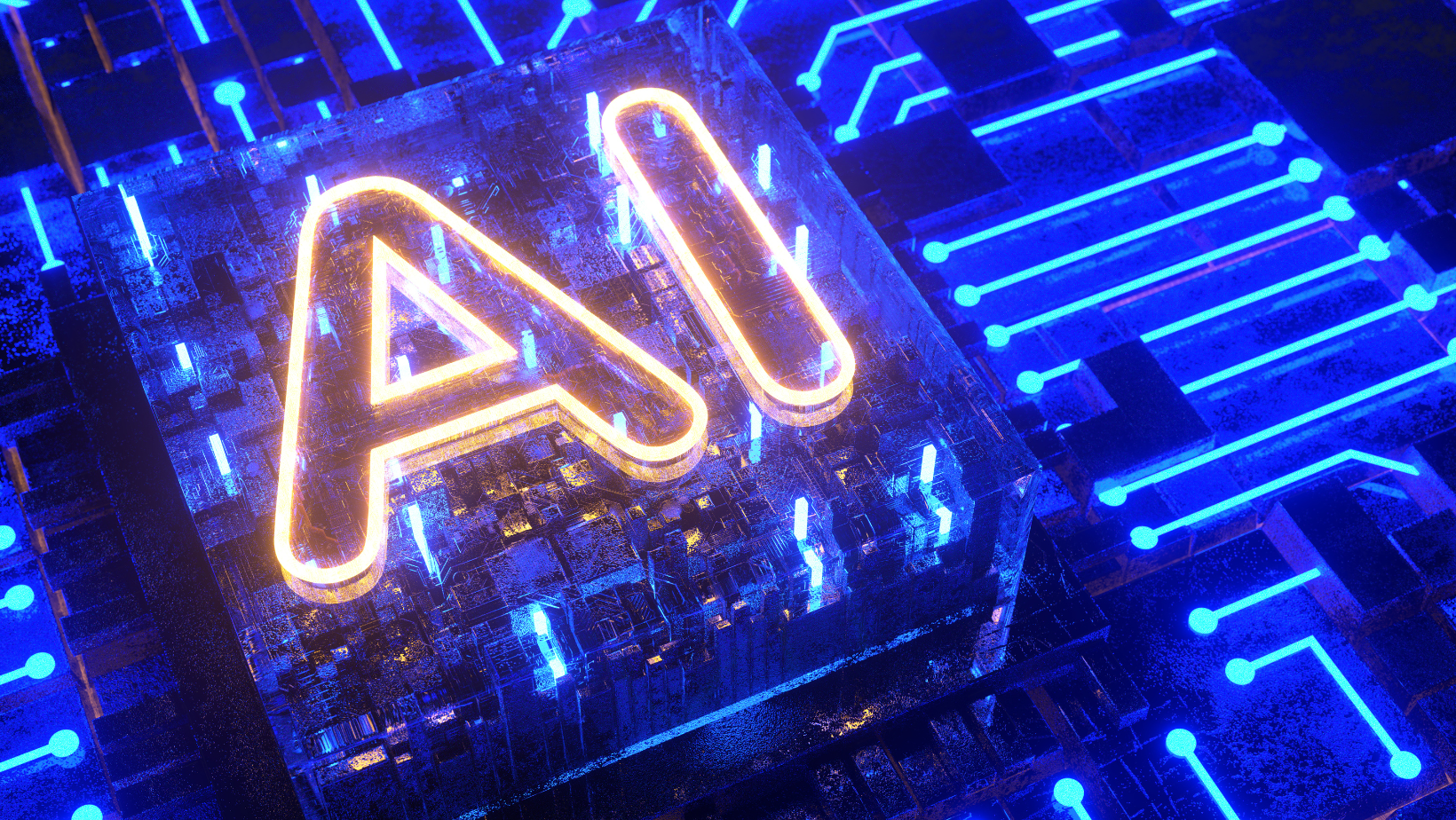
The Future of AI and Web3 Integration
Imagine logging into your favorite social media platform only to find out that your account has been flagged as fraudulent by a new AI bot detection tool. Despite being a real human user, you and many others face the frustration of having no recourse and little chance of being noticed by customer service representatives on these large platforms. Additionally, trying to convince the platform’s algorithm to consider additional data points to prove your humanity seems like an impossible task. But what if AI models were integrated with blockchain technology?
In a world where the factors driving the AI model’s determinations are publicly available on the blockchain, transparency becomes key. With the AI model’s decision framework tied to a blockchain-based decentralized autonomous organization (DAO), users can propose changes to the model so that it no longer incorrectly labels people as bots. This level of transparency and user participation can unlock even greater potential for AI and Web3 integration, including decentralization, value exchange, education, learning, and communication.
The potential of this integration has garnered excitement and hype within the Web3 ecosystem. While the excitement is valid, it is essential to approach the topic with some caution. True AI-Web3 integration is likely to take at least a decade to become a reality. The current blockchain AI market, valued at $230 million in 2021, is expected to grow into a billion-dollar industry within the next decade. However, decentralizing AI is a challenging and costly endeavor.
Running an AI model on the blockchain requires an immense number of transactions, making it an expensive process. The current infrastructure will need significant advancements to support the high transaction volume required. Similar to the metaverse, another high-transaction Web3 innovation, AI-empowered blockchains and protocols will require substantial technological advancements in processing power and efficiency.
Despite the challenges, AI-powered blockchains and protocols offer the opportunity to combine the benefits of machine learning with the decentralized nature of Web3. This combination can optimize work processes, value distribution, ownership, and transparency models, creating decentralized autonomous organizations powered by AI.
Here are five likely future use cases for AI and Web3 integration:
1. DeFi with AI-boosted risk assessment: AI can enhance decentralized finance (DeFi) applications by providing advanced risk assessment models. By leveraging the transparent and immutable record-keeping of the blockchain, AI models can make accurate predictions about creditworthiness or investment risks.
2. AI-driven NFTs: As NFTs evolve, AI can play a significant role in creating dynamic entities. Smart NFTs could adapt their appearance based on various conditions or inputs, leading to innovative applications where NFTs change over time.
3. DAOs managed by AI: Decentralized autonomous organizations can leverage AI to automate decision-making processes and optimize resource allocation. AI models could predict future trends or vote on proposals based on predefined criteria, providing a balance between autonomy and human oversight.
4. Personal data monetization: Web3 gives individuals control over their personal data. Combined with AI, users could monetize their data by allowing AI algorithms to use it to improve models. In return, users receive compensation in the form of cryptocurrency.
5. AI-powered metaverses: Artificial intelligence integrated into virtual worlds can create more realistic and dynamic experiences. AI can generate real-time content, such as personalized quests in a game or simulating realistic weather patterns in a virtual world.
As next-generation blockchain layers incorporate AI into their networks, efficiency will improve, and security will be enhanced. AI could eventually govern Web3 blockchains and networks, making decisions to keep DAOs working efficiently. The community could adjust parameters and provide oversight to ensure alignment with values and interests.
The integration of AI and Web3 will level the playing field for ordinary users competing against massive platforms with significant technical and financial resources. DAOs and Web3 organizations built on the blockchain, combined with AI augmentation, can better distribute ownership and governance to individuals.
While achieving this final stage of integration will be difficult and costly, it holds the potential to open up a new world of apps and services that reward individuals with more ownership and control. The level of innovation that emerges could be unimaginable today, similar to the transformation brought about by smartphones in the past decade. AI and Web3 integration have the power to revolutionize industries and empower individuals in ways we can only begin to grasp.






